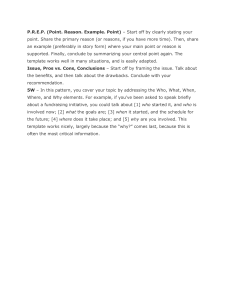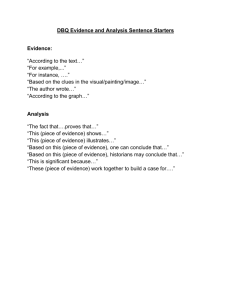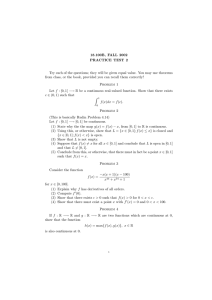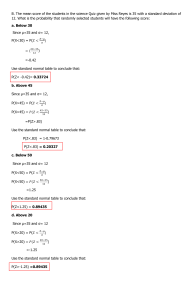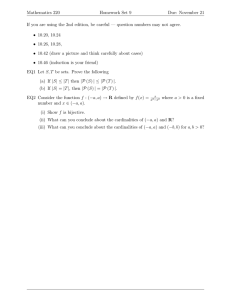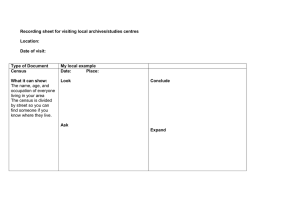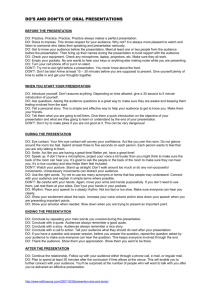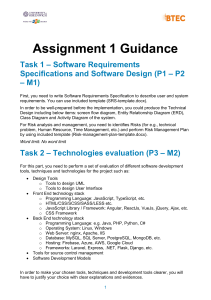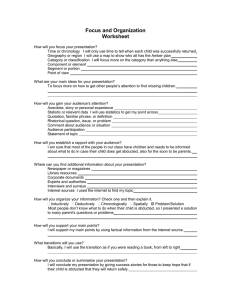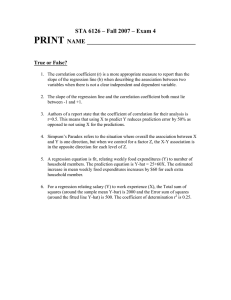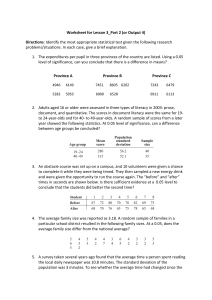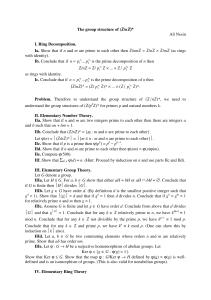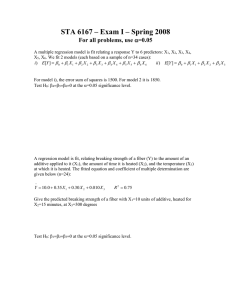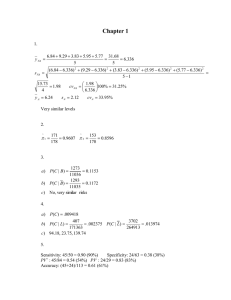Lecture 45 - 4/6
advertisement
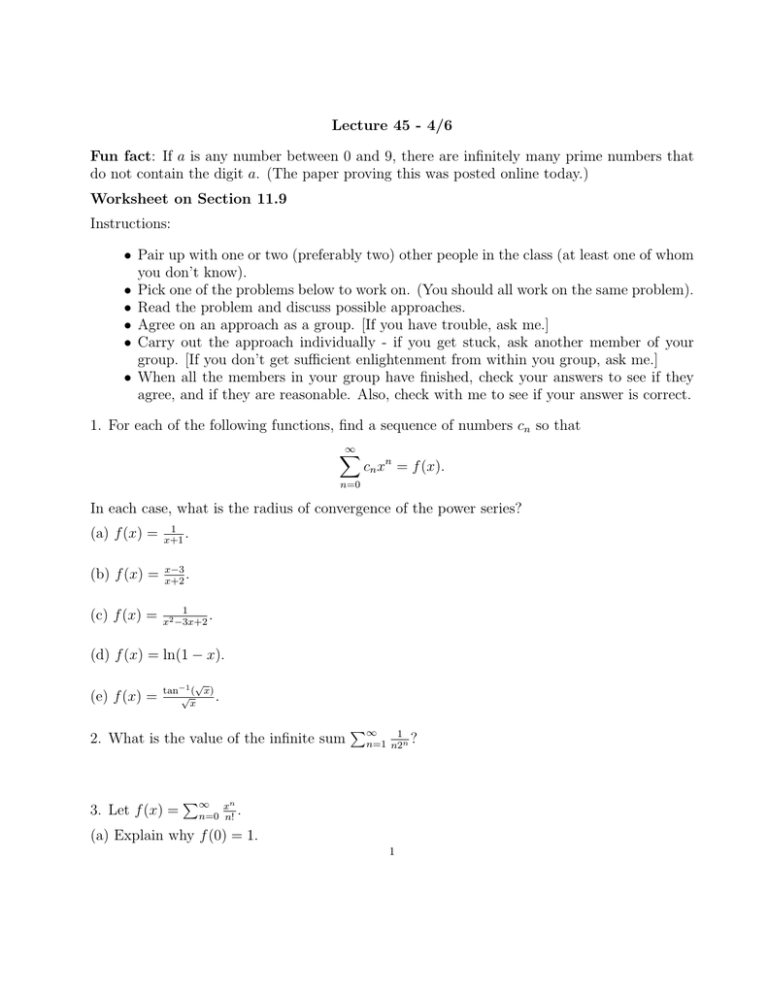
Lecture 45 - 4/6 Fun fact: If a is any number between 0 and 9, there are infinitely many prime numbers that do not contain the digit a. (The paper proving this was posted online today.) Worksheet on Section 11.9 Instructions: • Pair up with one or two (preferably two) other people in the class (at least one of whom you don’t know). • Pick one of the problems below to work on. (You should all work on the same problem). • Read the problem and discuss possible approaches. • Agree on an approach as a group. [If you have trouble, ask me.] • Carry out the approach individually - if you get stuck, ask another member of your group. [If you don’t get sufficient enlightenment from within you group, ask me.] • When all the members in your group have finished, check your answers to see if they agree, and if they are reasonable. Also, check with me to see if your answer is correct. 1. For each of the following functions, find a sequence of numbers cn so that ∞ X cn xn = f (x). n=0 In each case, what is the radius of convergence of the power series? (a) f (x) = 1 . x+1 (b) f (x) = x−3 . x+2 (c) f (x) = 1 . x2 −3x+2 (d) f (x) = ln(1 − x). (e) f (x) = √ tan−1 ( x) √ . x 2. What is the value of the infinite sum 3. Let f (x) = P∞ 1 n=1 n2n ? P∞ xn n=0 n! . (a) Explain why f (0) = 1. 1 2 (b) Prove, using properties of power series, that f 0 (x) = f (x). (c) Conclude that f (x) = ex . 4. Consider the infinite series ∞ X (−1)n 1 1 1 1 1− + − + − ··· = . 4 7 10 13 3n + 1 n=0 Explain the steps you would take to determine the exact value of the sum of this series. (You do not need to carry out these steps - some of them would be a bit tedious.) 5. The Fibonacci sequence is defined by F0 = 0, F1 = 1, F2 = 1 and Fn = Fn−1 + Fn−2 . Let ∞ X F n xn f (x) = n=0 be the power series whose coefficients are the Fn . (a) Show that f (x)(1 − x − x2 ) = x. Conclude that f (x) = (b) Conclude that P∞ Fn n=1 10n = 0.112359... = 10 . 89 x . 1−x−x2
